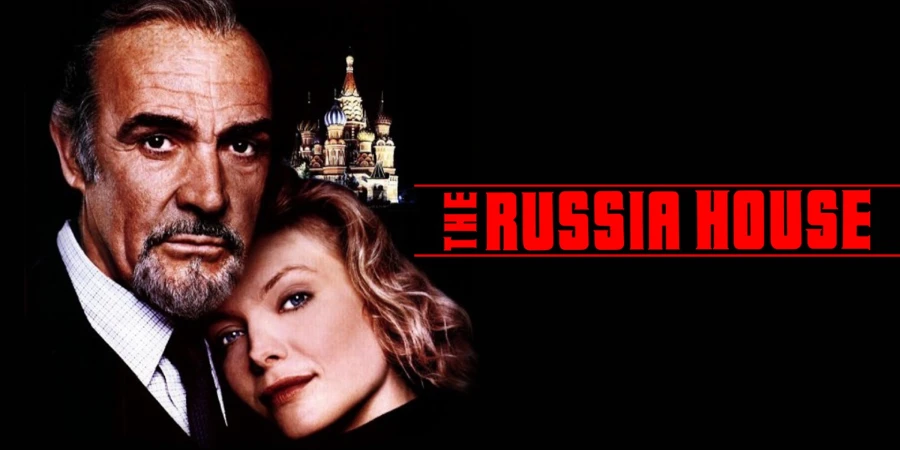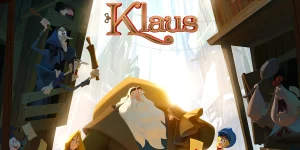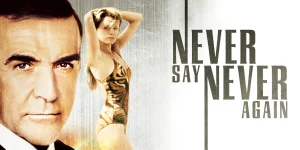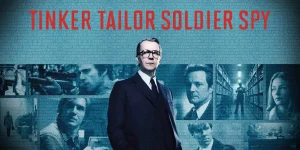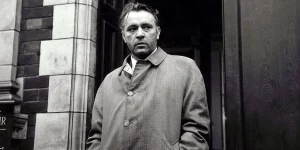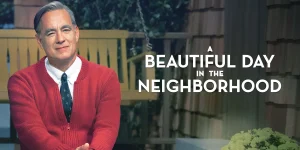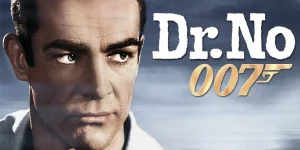The Russia House (1990) is a Cold War-era spy drama directed by Fred Schepisi, adapted from John le Carré’s novel of the same name. Set in the waning days of the Soviet Union, the film explores espionage, loyalty, and love with an unusual warmth that distinguishes it from the typically paranoid spy thrillers of its time.
Table of Contents
ToggleDetailed Summary
The Manuscript That Starts It All
The story begins when British publisher Barley Blair (Sean Connery) is handed a mysterious manuscript by Russian book editor Katya Orlova (Michelle Pfeiffer). The manuscript, written by a Soviet scientist known as Dante (Klaus Maria Brandauer), contains explosive revelations about the Soviet nuclear program, suggesting it is far weaker than the West believes.
Espionage and Manipulation
Western intelligence services quickly become involved. Both British and American agencies see the manuscript as a goldmine of intelligence. However, they require Barley—an outsider with no spy training—to return to Russia to confirm its authenticity and gather further information. He is reluctantly pulled into the world of espionage, where deception and manipulation are the norm.
Barley and Katya’s Relationship
As Barley makes contact with Katya, the two begin a delicate, passionate relationship. Katya is caught between loyalty to her country and her personal safety, while Barley is torn between doing what the intelligence agencies demand and protecting her. Their romance becomes the emotional center of the story, contrasting the cold, calculating nature of spy work.
Dante’s Truth
Barley eventually learns from Dante himself that the manuscript is genuine and that the Soviet nuclear arsenal is not nearly as powerful as Western governments fear. This truth could reshape the geopolitical landscape, but Dante is in grave danger for sharing it.
Movie Ending
In the tense climax, Barley must make a decision. The intelligence services expect him to betray Katya and secure the information. However, his feelings for her outweigh his duty to the agencies. In a bold move, Barley tricks British and American intelligence. Instead of delivering Dante’s detailed scientific documents, he hands over a decoy—ensuring that the West never receives the sensitive data.
Barley and Katya escape together, defying both sides of the Cold War machine. The final scenes emphasize their personal triumph over political forces, showing that their love and humanity matter more than the games of superpowers. It’s a rare spy film ending that prioritizes personal integrity and emotional connection over national interest.
Are There Post-Credits Scenes?
No, The Russia House does not include any post-credits scenes. The film concludes with its powerful ending, and there are no teasers or additional material after the credits.
Type of Movie
This is a romantic spy drama with strong elements of political thriller. Unlike action-heavy Cold War films, it focuses more on characters, emotions, and moral choices.
Cast
- Sean Connery as Barley Blair
- Michelle Pfeiffer as Katya Orlova
- Klaus Maria Brandauer as Dante
- James Fox as Ned (MI6 officer)
- Roy Scheider as Russell (CIA officer)
- John Mahoney as Brady
- Ken Russell as Walter
Film Music and Composer
The music was composed by Jerry Goldsmith, with performances by renowned jazz saxophonist Branford Marsalis. The soundtrack blends orchestral tension with smooth, melancholy jazz, perfectly capturing the blend of romance and espionage.
Filming Locations
The film was notable for being the first major Western production allowed to shoot extensively in the Soviet Union, including Moscow and Leningrad (now St. Petersburg). The authenticity of these locations adds to the movie’s atmosphere, grounding the romance and espionage in a very real political setting.
Awards and Nominations
- Nominated for a Golden Globe (Best Actress, Michelle Pfeiffer).
- Jerry Goldsmith’s score also received critical praise, though it did not win major awards.
- The film was acclaimed for Pfeiffer’s performance, particularly her convincing Russian accent.
Behind the Scenes Insights
- Sean Connery and Michelle Pfeiffer developed strong on-screen chemistry that became central to the film’s success.
- John le Carré himself was impressed with how closely the film stuck to his novel, unlike many other adaptations of his work.
- Filming in Moscow was extremely rare at the time; producers had to negotiate with Soviet authorities to gain permission.
- Branford Marsalis improvised several jazz pieces used in the final soundtrack recordings.
Inspirations and References
The movie is adapted from John le Carré’s 1989 novel, which itself was inspired by the shifting political climate of the late 1980s. The glasnost (openness) and perestroika (restructuring) reforms in the Soviet Union provided the real-world backdrop.
Alternate Endings and Deleted Scenes
No alternate endings are widely known, but some deleted moments reportedly fleshed out Barley’s backstory as a publisher and drunkard, emphasizing his flaws before he rises to the occasion.
Book Adaptations and Differences
Compared to the book, the movie softens some of the darker themes, focusing more heavily on the romance between Barley and Katya. Le Carré’s novel is more cynical about espionage and portrays Barley as more reckless and unreliable than the film version.
Memorable Scenes and Quotes
Key Scenes
- The first meeting between Barley and Katya in Moscow, full of tension and unspoken attraction.
- Dante’s desperate conversation with Barley, revealing the truth about Soviet nuclear weakness.
- The final act where Barley outsmarts Western intelligence and protects Katya.
Iconic Quotes
- Barley Blair: “Love is the only thing worth trusting.”
- Katya Orlova: “You are not like them. You care for people.”
- Dante: “Truth is not treason.”
Easter Eggs and Hidden Details
- The character of Barley Blair was inspired by le Carré’s encounters with eccentric, bohemian figures in publishing.
- The use of Branford Marsalis’s live jazz performances mirrors Barley’s own improvisational approach to espionage.
- The name “Dante” is symbolic, echoing themes of truth, exile, and revelation.
Trivia
- This was one of the first Western films allowed to shoot in the Kremlin and Red Square.
- Michelle Pfeiffer studied Russian language and mannerisms intensely to make her performance authentic.
- Connery reportedly grew his own beard for the role, giving Barley a rugged, unconventional charm.
Why Watch?
Because it’s not your typical spy thriller. Instead of explosions and endless double-crosses, The Russia House offers a deeply human story of love and loyalty set against the high-stakes backdrop of Cold War espionage. If you enjoy spy films with more heart and less gunfire, this is a must-see.
Director’s Other Movies
- Roxanne (1987)
- Six Degrees of Separation (1993)
- A Cry in the Dark (1988)

